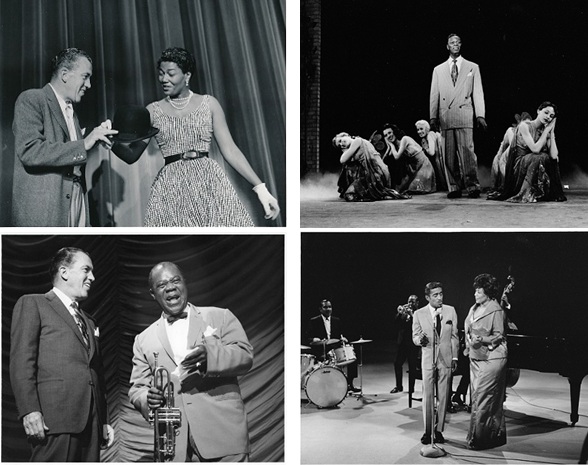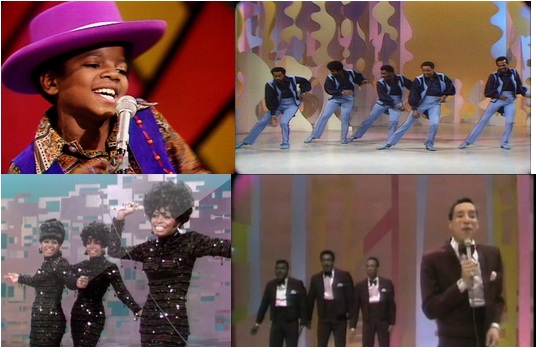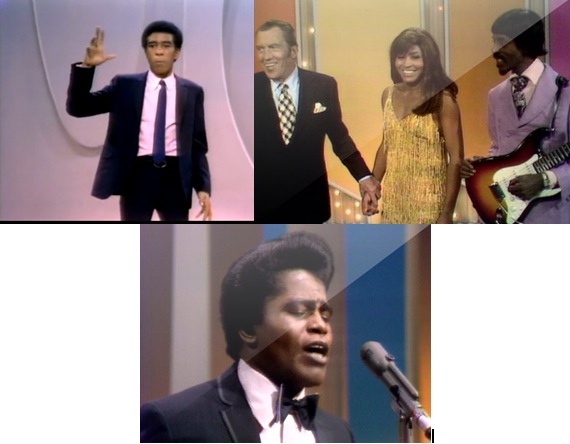“For All the World to See: Visual Culture and the Struggle for Civil Rights” is an award-winning exhibit created by University of Maryland, Baltimore County (“UMBC”) professor Maurice Berger at the university’s Center for Art, Design and Visual Culture, which focuses on the vital role of visual imagery in America’s Civil Rights movement. The exhibit has turned into a traveling exhibit as part of the The National Endowment For The Humanities (“NEH”) On the Road series. Since becoming a part of the NEH On the Road series, it has found a home at some of the key cultural institutions in the U.S., including the Smithsonian National Museum of American History in Washington DC, the DuSable Museum of African-American History in Chicago, the International Center of Photography in NYC and will continue to spread to at least 20 more museums across the nation between now and 2017.
One of the main aspects that the exhibit emphasizes is the importance of television and media during the civil rights movement. According to an essay featured on the NEH website, “broadcast media provided greater visibility for African-American artists, in large part through the pioneering efforts of Ed Sullivan on his weekly television talent show.”
Indeed, The Ed Sullivan Show will always be noted for playing a vital role within this racial and social movement. One of the most important contributions Ed Sullivan should be remembered for is how he went against the system and embraced African-American performers, granting extraordinary visibility to African-American entertainers who were often invisible in mainstream popular culture of the time.
“For All The World To See,” includes a section of 21-historic clips of African-American performers on The Ed Sullivan Show. These clips help show how significant the role played by these artists and Sullivan himself was in advancing the cause of the civil rights. The Ed Sullivan Show began promoting the cause of the civil rights from its very beginning in 1948, even before the movement officially took off after the Montgomery Bus Boycott led by Martin Luther King, Jr. occurred in 1955.
There were many times when Ed Sullivan was confronted about having African-American acts on his show, he was faced with criticism by white viewers and advertisers. For example, southern sponsors threatened to pull advertisements from his show because Ed had kissed Pearl Bailey on the cheeks, and another time because he shook hands with Nat King Cole on The Ed Sullivan Show. But every single time he refused to back down.
Let’s not forget that in the 1960’s, Ed Sullivan frequently booked African-American artists from a then small record company from Detroit founded by Berry Gordy Jr. called Motown Records; introducing the whole nation to acts such as The Supremes, The Temptations, Gladys Knight & The Pips, The Jackson 5, and others. This exposure also helped turn Motown into a national institution as well as one of the major record labels at the time.
What an honor to see that almost 4 decades later, thanks to Dr. Maurice Berger, curator of the “For All the World to See: Visual Culture and the Struggle for Civil Rights exhibit, Ed Sullivan is still being acknowledged for endorsing hundreds of black acts and for helping with the development of the civil rights movement.
Some of the acts from The Ed Sullivan Show featured in this exhibit are Richard Pryor, Shirley Verrett, Ella Fitzgerald & Sammy Davis Jr, Pearl Bailey, Bo Diddley, Louis Armstrong and The Ike & Tina Turner Revue.
It is worth mentioning that our Motown DVD Collections, including Motown Gold From The Ed Sullivan Show, The Best of The Supremes and The Best of The Temptations on The Ed Sullivan Show pay homage to popular Motown acts who often appeared on the program. These DVD collections offer a strong picture of a group of African-American entertainers who greatly influenced American popular culture in the 1960’s thanks to Ed Sullivan and his show.
Make sure to see “For All the World to See: Visual Culture and the Struggle for Civil Rights” when it comes to a museum near you!



